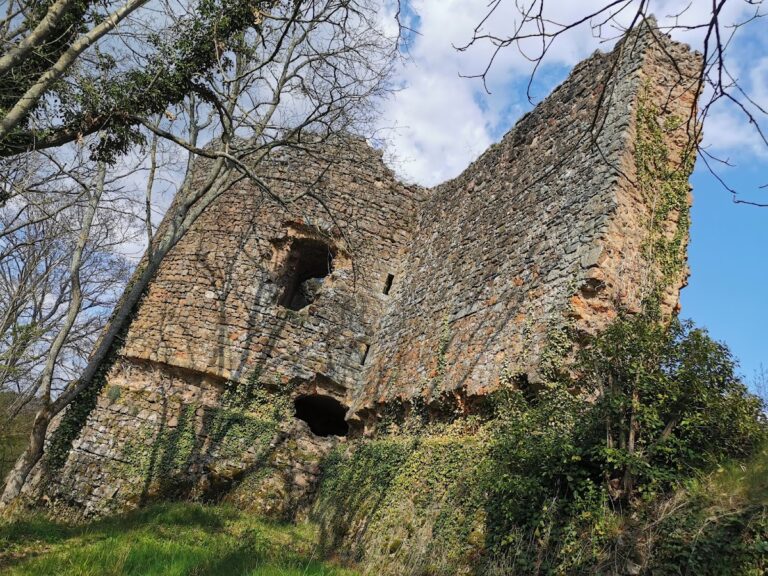Château de l’Augère: A Historic Castle in Agonges, France
Visitor Information
Google Rating: 4.2
Popularity: Low
Google Maps: View on Google Maps
Official Website: chateaudelaugere.fr
Country: France
Civilization: Unclassified
Remains: Military
History
The Château de l’Augère is situated in the commune of Agonges in modern-day France. It was constructed in the 15th century during the late Middle Ages by the local nobility in the region that historically belonged to the Bourbonnais territory.
The earliest part of the castle, notably its quadrangular donjon (a fortified tower), was built in 1441, making it the oldest among the thirteen castles found within Agonges today. Since its foundation in the 15th century, the château has remained continuously owned by the same family, an uncommon continuity that underscores its historical and familial significance.
In the late 19th century, the château underwent significant restoration and enlargement under the supervision of René Moreau, an architect based in nearby Moulins. His work introduced a new wing in the neo-Gothic style, reflecting the period’s romanticized revival of medieval architecture. Moreau also added a smaller second donjon that complemented the original fortress tower, blending historical preservation with enhancement.
At the turn of the millennium, the Château de l’Augère received official recognition for its historical and cultural value when it was listed as a historic monument by a governmental decree dated August 10, 2000. This designation formalized its status as an important heritage site within the Bourbonnais region.
Remains
The Château de l’Augère is positioned within a six-hectare park, surrounded by water-filled moats that emphasize its medieval defensive character. Its core structure centers on a quadrangular donjon dating to 1441, featuring traditional medieval stone construction and topped by a roof. This donjon stands as the primary fortified tower of the castle and is accompanied by two dovecotes (pigeonniers) from the same period, which historically provided nesting spaces for pigeons, an important food source and symbol of status.
An old drawbridge from the original 15th-century construction once allowed controlled access across the moat, enhancing the castle’s defenses. Though modified over the centuries, its presence preserves the impression of medieval fortification techniques employed at the site.
During the 19th-century restoration led by René Moreau, an additional smaller donjon was erected, reflecting the neo-Gothic style popular at the time. This newer tower, along with the extended wing that Moreau designed, contrasts with the medieval sections through stylistic details such as pointed arches and decorative stonework. These additions have been integrated alongside the original elements, highlighting a continuity of architectural evolution from the 15th century to the 19th century.
Outbuildings or dependencies surrounding the main château accommodate a living museum dedicated to the traditional forest and hunting practices of Bourbonnais, as well as spaces for rotating exhibitions of paintings, bronzes, and animal-themed art. These functional adaptations ensure the historical site remains active while preserving its architectural character.
Overall, the Château de l’Augère stands as a well-preserved example of late medieval fortification complemented by thoughtful 19th-century enhancements, with original defensive elements such as the moat, drawbridge, and donkeys still defining the ensemble’s historic atmosphere.










